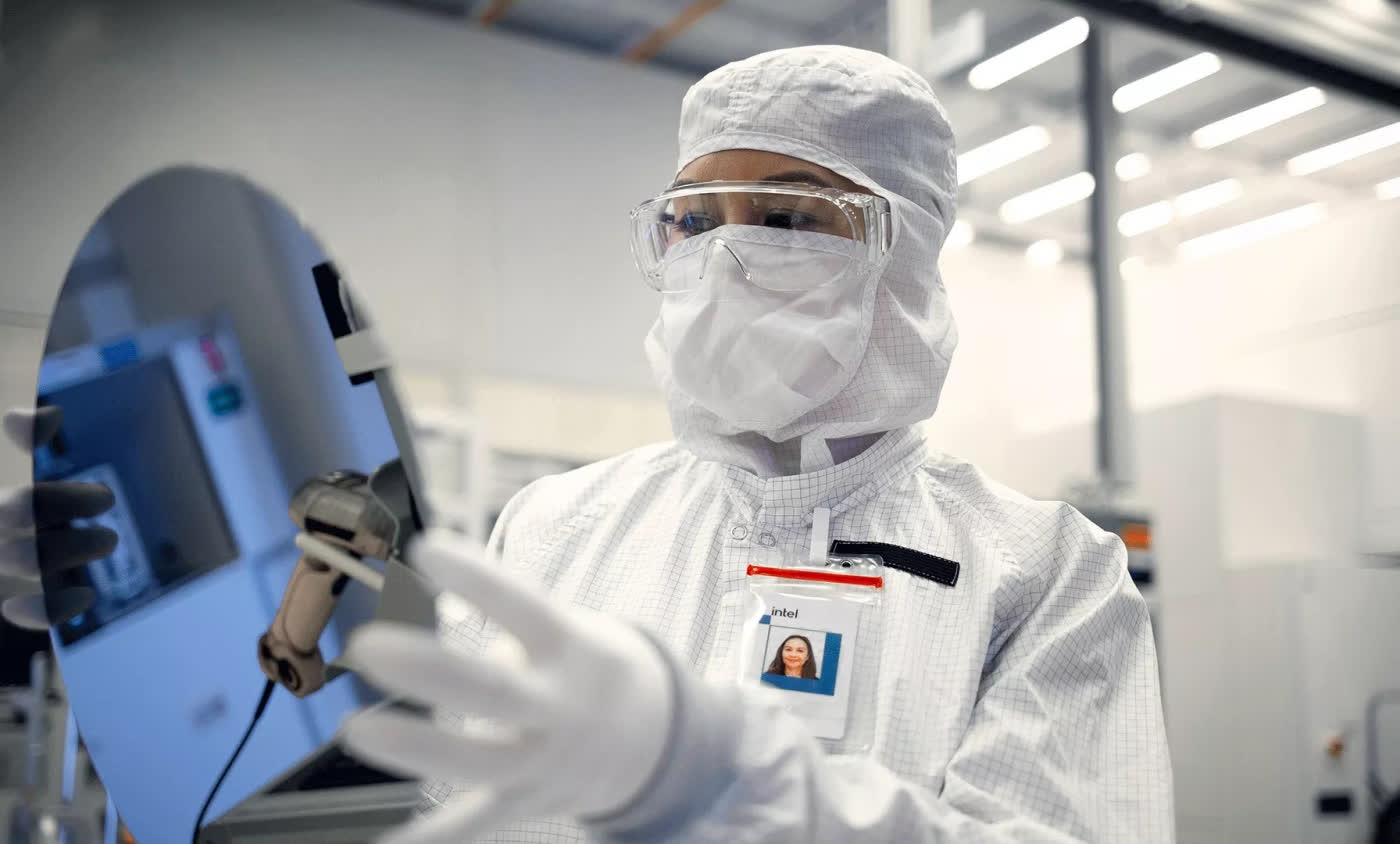Rumor mill: A new analyst report suggests that Nvidia may use Intel's foundries to manufacture some of its future gaming GPUs. If true, this would mark a significant win for Intel's foundry business as it aims to gain market share from TSMC.

The information comes from Timothy Arcuri, an analyst at Swiss investment bank UBS. He stated in a press note to investors that Nvidia is "closer" than Broadcom to utilizing Intel's 18A process node for at least some of its graphics processors targeted at gamers.
Intel's 18A refers to its 1.8nm-class transistor technology, currently in development. A low-power variant, 18AP, is also expected, which would appeal to chip companies with power-efficient needs.
If Nvidia does opt for 18A or 18AP for future gaming products, it would likely serve as a major endorsement of Intel's process capabilities. The chipmaker has faced significant challenges in recent years trying to keep pace with TSMC on the leading edge. However, securing a client like Nvidia could signal that Intel has finally regained its competitive edge.
UBS analyst Timothy Arcuri stated, "Intel's (INTC) new CEO Lip-Bu Tan is likely to refocus on chip design in the short term and seek to attract major customers to strengthen the foundry business."
– Jukanlosreve (@Jukanlosreve) March 25, 2025
He further analyzed, "In the short term, efforts will emphasize Intel's design and…
Arcuri also suggests that the newly appointed Intel CEO, Lip-Bu Tan, will focus on chip design in the short term and aim to attract major clients like Nvidia, potentially shifting some of their production away from TSMC and Samsung's foundries.
Tan, the former CEO of Cadence Design Systems, was appointed as Intel's permanent CEO earlier this month. Securing major customers appears to be a key focus for him as he works to revitalize Intel's struggling division.
The note further adds that Intel could leverage packaging technologies such as its Embedded Multi-die Interconnect Bridge to compete with TSMC's successful Chip on Wafer on Substrate solutions.
It also mentions that Intel is already working on a partnership with Taiwan's contract chipmaker, United Microelectronics Corporation. Arcuri speculates that this deal could accelerate, with the two companies potentially co-manufacturing some of Apple's chips on Intel's high-voltage FinFET nodes as early as next year.
Of course, all of this remains in the realm of rumors for now. However, Arcuri promises that more concrete updates on Intel's foundry progress will be revealed at the company's Direct Connect event on April 29.
Unlikely, but Nvidia's next gaming GPUs could be built using Intel's 18A process